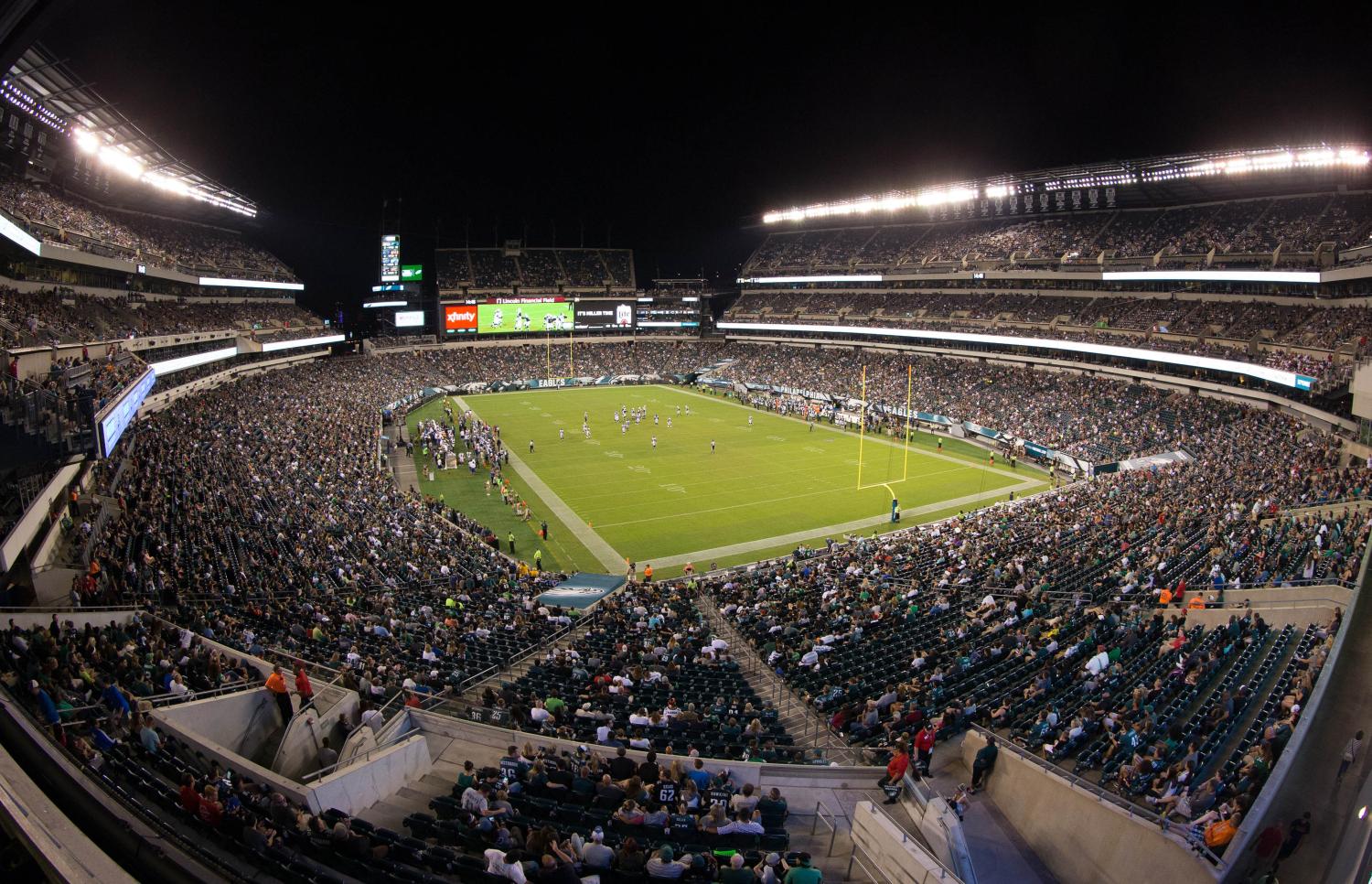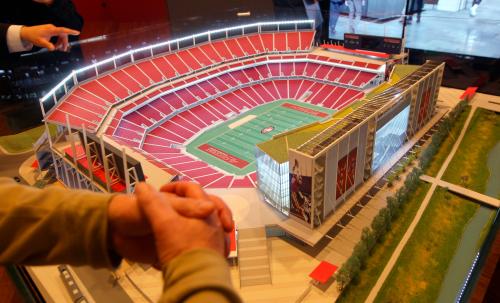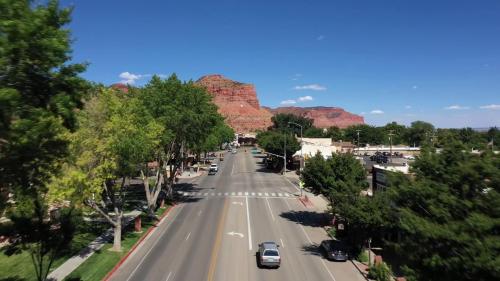When the New York Yankees completed the new Yankee Stadium in 2009, the final construction bill was an estimated $2.5 billion. Of that, nearly $1.7 billion was financed by tax-exempt municipal bonds issued by the city of New York.
Because the interest earned on the municipal bonds is exempt from federal taxes, a large amount of tax revenue that would have been collected—had the bonds been issued as taxable—went toward the construction of the stadium. In other words, the Yankees received a federal subsidy to build their stadium. How much? About $431 million. That’s a lot of money, but it gets worse.
The loss in federal tax revenues was even higher than the subsidy to the stadium. High-income taxpayers holding the bonds receive a windfall tax break, resulting in an even greater loss of revenue to the federal government. In the case of Yankee Stadium, the additional loss was $61 million. That is, the federal government subsidized the construction of Yankee Stadium to the tune of $431 million federal taxpayer dollars, and high-income bond holders received an additional $61 million.†
The Yankees, of course, aren’t the only team to finance their stadium using tax-exempt municipal bonds. Since 2000, 35 other professional sports stadiums have also been financed with tax-exempt bonds.
In “Tax-exempt municipal bonds and the financing of professional sports stadiums,” Brookings Senior Fellow Ted Gayer, Austin J. Drukker, and Alexander K. Gold quantify the federal subsidies given to finance professional sports stadiums built or majorly renovated since 2000, and the total loss in federal tax revenue.
All together, the federal government has subsidized newly constructed or majorly renovated professional sports stadiums to the tune of $3.2 billion federal taxpayer dollars since 2000. But because high-income bond holders receive a windfall gain for holding municipal bonds, the resulting loss in total revenue to the federal government is even larger at $3.7 billion.
Use the interactive menu below to see how much of a federal subsidy each stadium built or majorly renovated since 2000 received, plus the total tax revenue lost.
Do stadiums benefit taxpayers and local economies?
With so much money at stake, it’s worth asking: Should the federal government be spending money on these stadiums? Federal subsidies are justified for infrastructure projects that provide a public good across states, but local sports stadiums clearly do not meet this criterion.
Indeed, there is little evidence that stadiums provide even local economic benefits. Decades of academic studies consistently find no discernible positive relationship between sports facilities and local economic development, income growth, or job creation. And local benefits aside, there is clearly no economic justification for federal subsidies for sports stadiums. Residents of, say, Wyoming, Maine, or Alaska have nothing to gain from the Washington-area football team’s decision to locate in Virginia, Maryland, or the District of Columbia.
So why is the federal government still subsidizing their construction?
How Congress tried—and failed—to stop stadiums from receiving federal money
Until the early 1950s, most professional sports stadiums were privately built. That changed in 1953 when the Boston Braves were lured to Milwaukee by a new stadium built with public money. Since then, public funding of stadiums has been the norm.
In 1986, Congress tried to rein in this practice with the Tax Reform Act of 1986. But the reforms backfired, and instead encouraged state and local governments to offer generous financing packages in order for the financing to qualify for the federal subsidies.
How to stop the federal cash flow to private sports stadiums
Gayer, Drukker, and Gold argue that the most direct way to eliminate the practice of stadiums receiving federal money toward construction is for Congress to eliminate the “private payment test” for stadiums. By doing so, any stadium used primarily for “private business use” (that is, all professional sports stadiums) would no longer be eligible to receive federal tax-exempt financing.
An alternative approach would be to limit, rather than eliminate, the federal tax subsidy by mandating tax-exempt stadium bonds be deemed “qualified private activity bonds,” which are subject to a statewide volume cap.
To learn more, download the full paper from Ted Gayer, Austin J. Drukker, and Alexander K. Gold.
You can also download the complete set of data on 45 stadiums built or renovated since 2000, 36 of which received federal subsidies.
† Download the paper for specifics on how the total revenue loss for each stadium is calculated. All figures are quoted in 2014 dollars. The $492 million in revenue loss attributable to Yankee Stadium is calculated using a discount rate of 3%.






